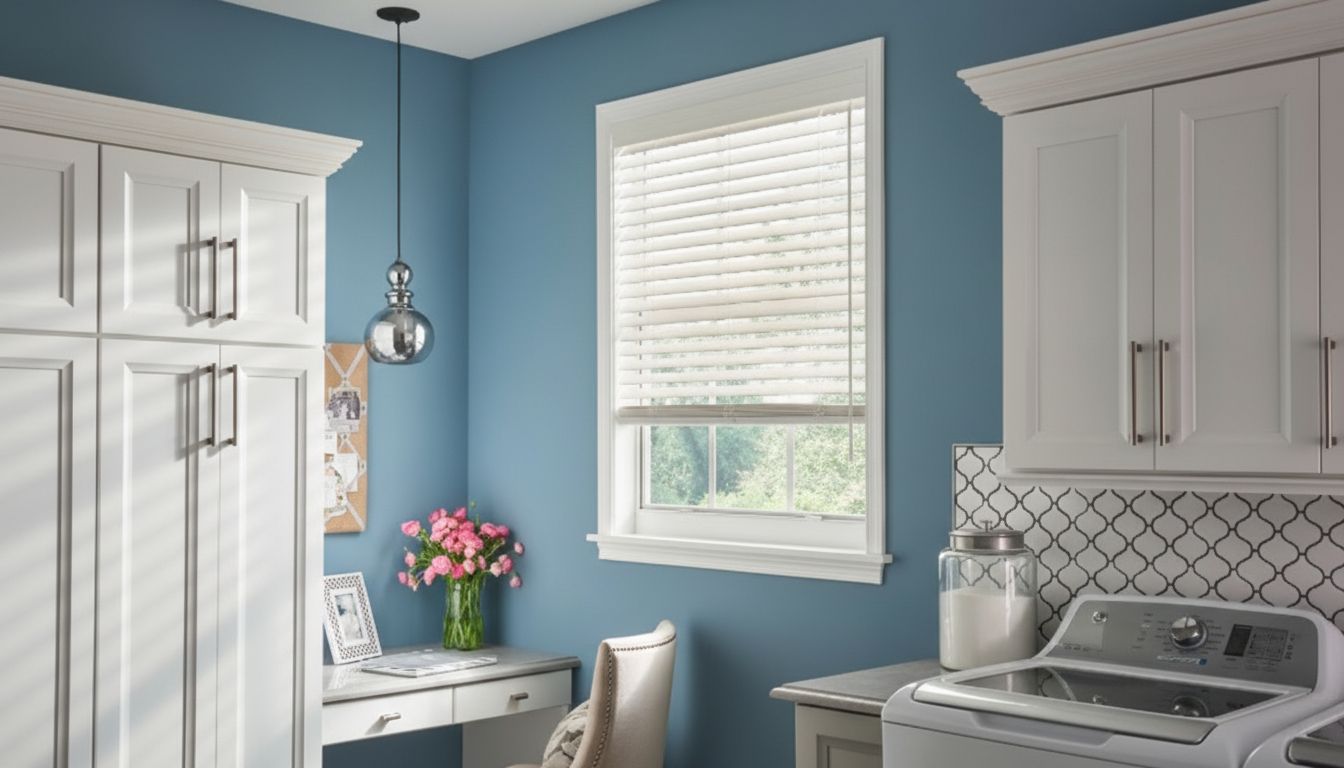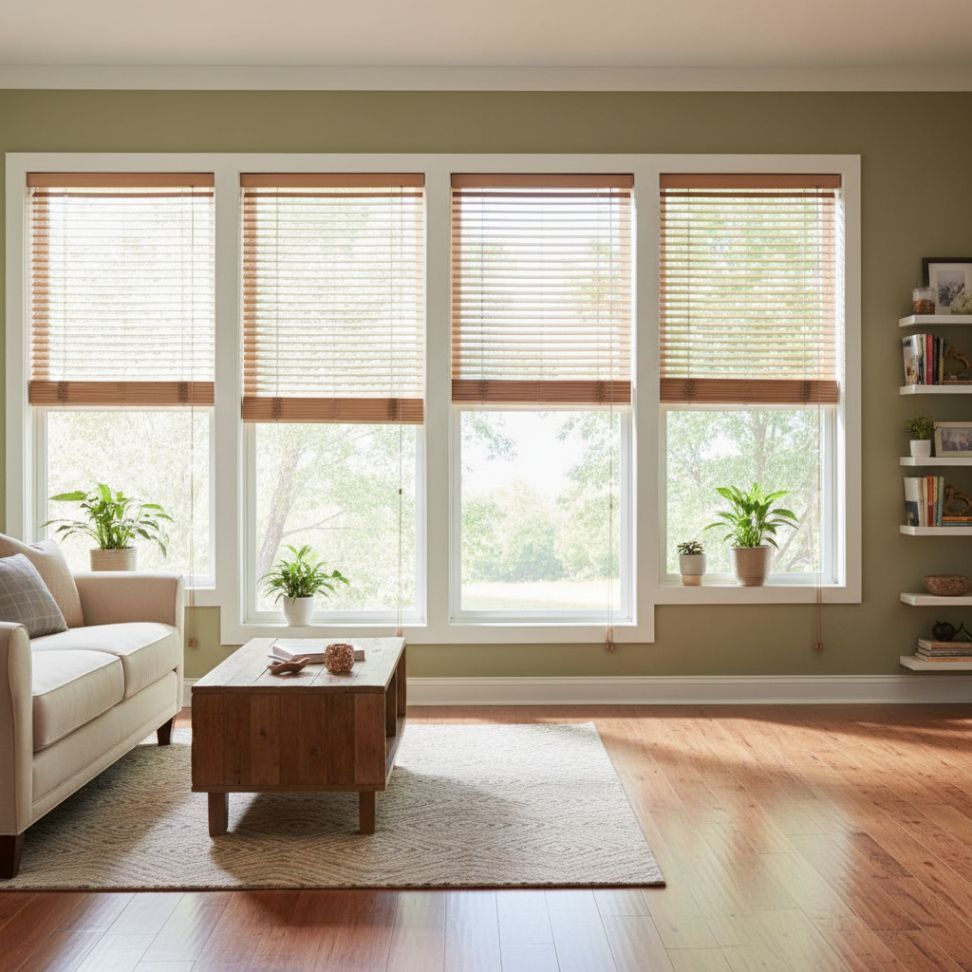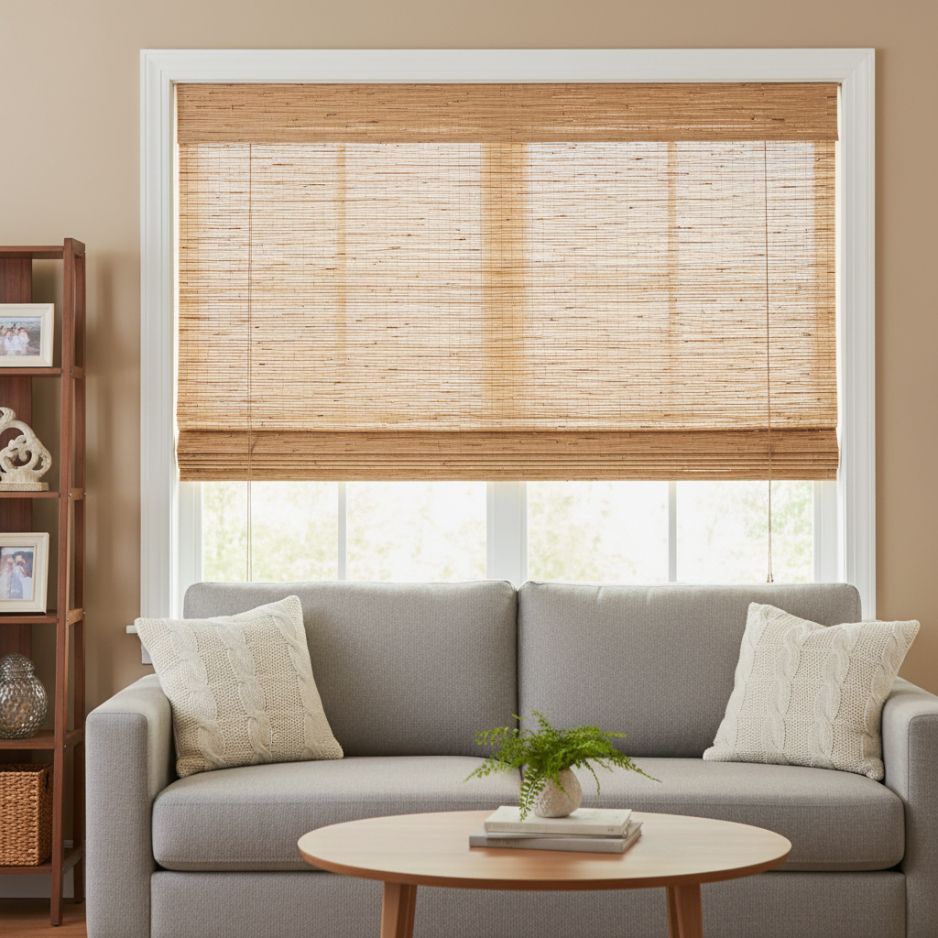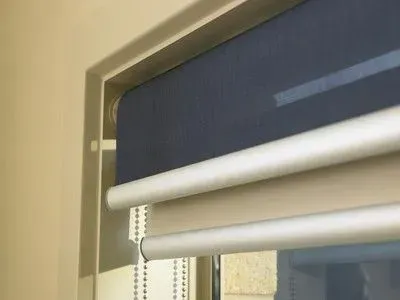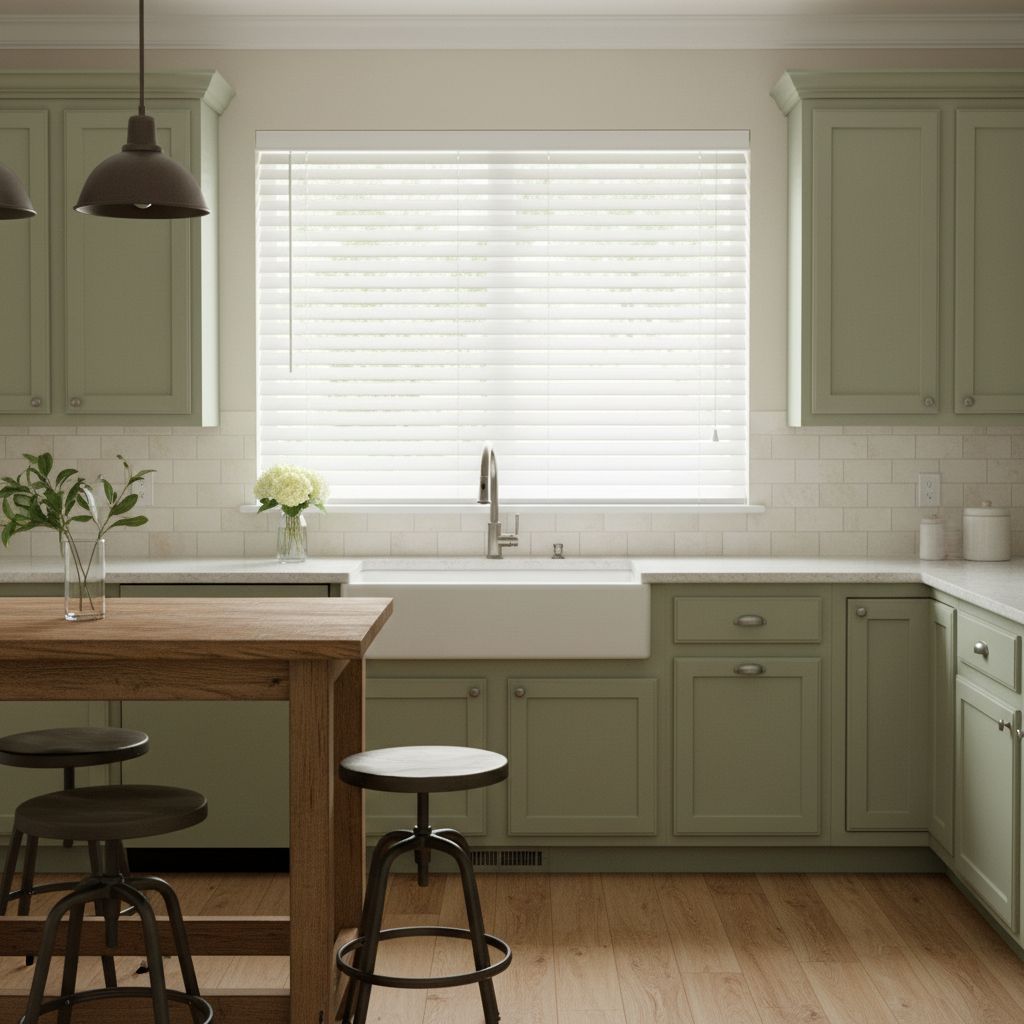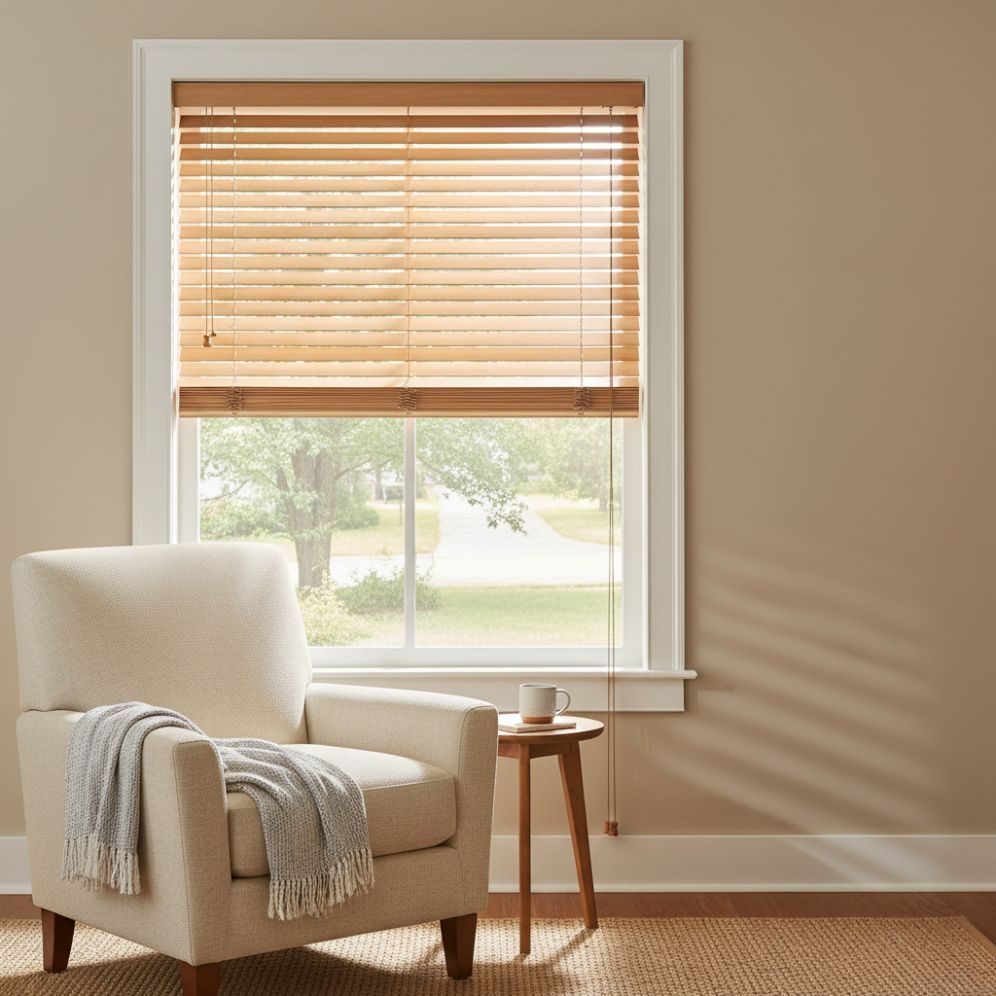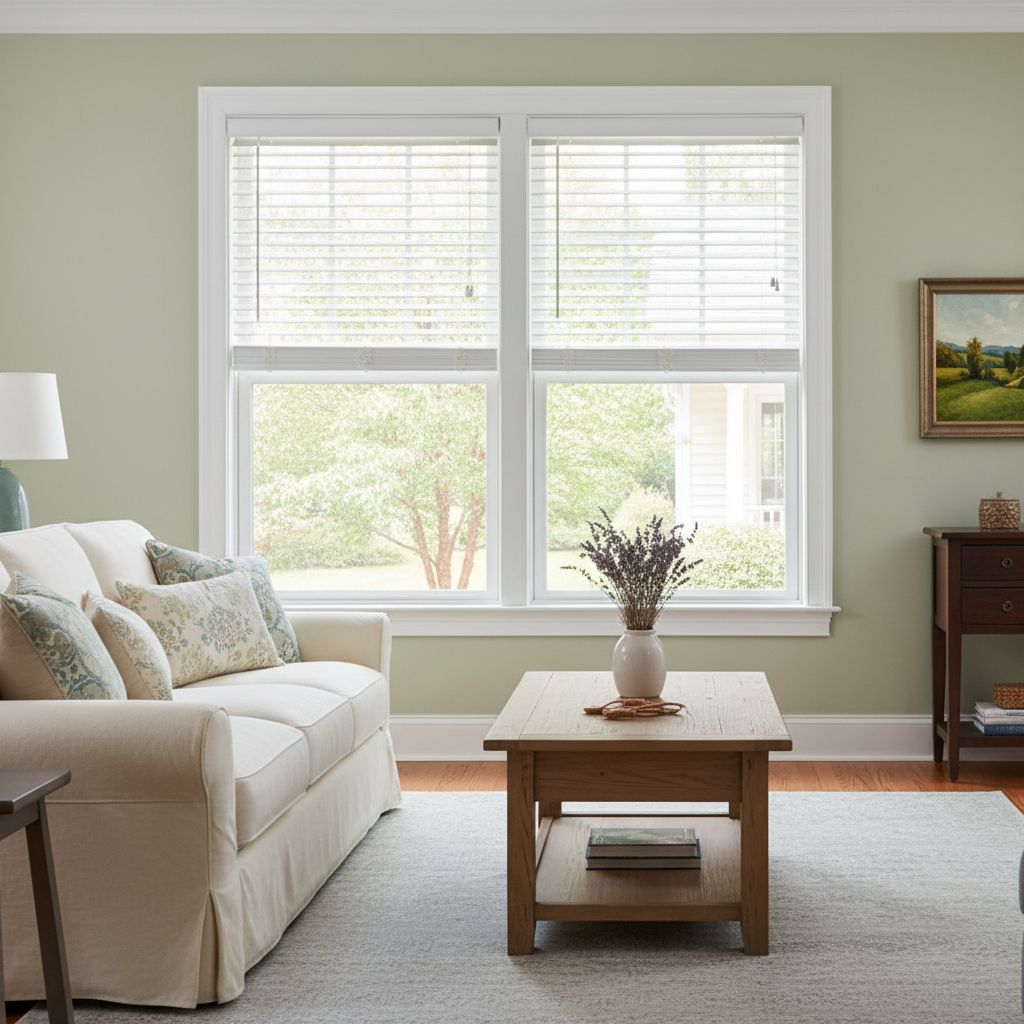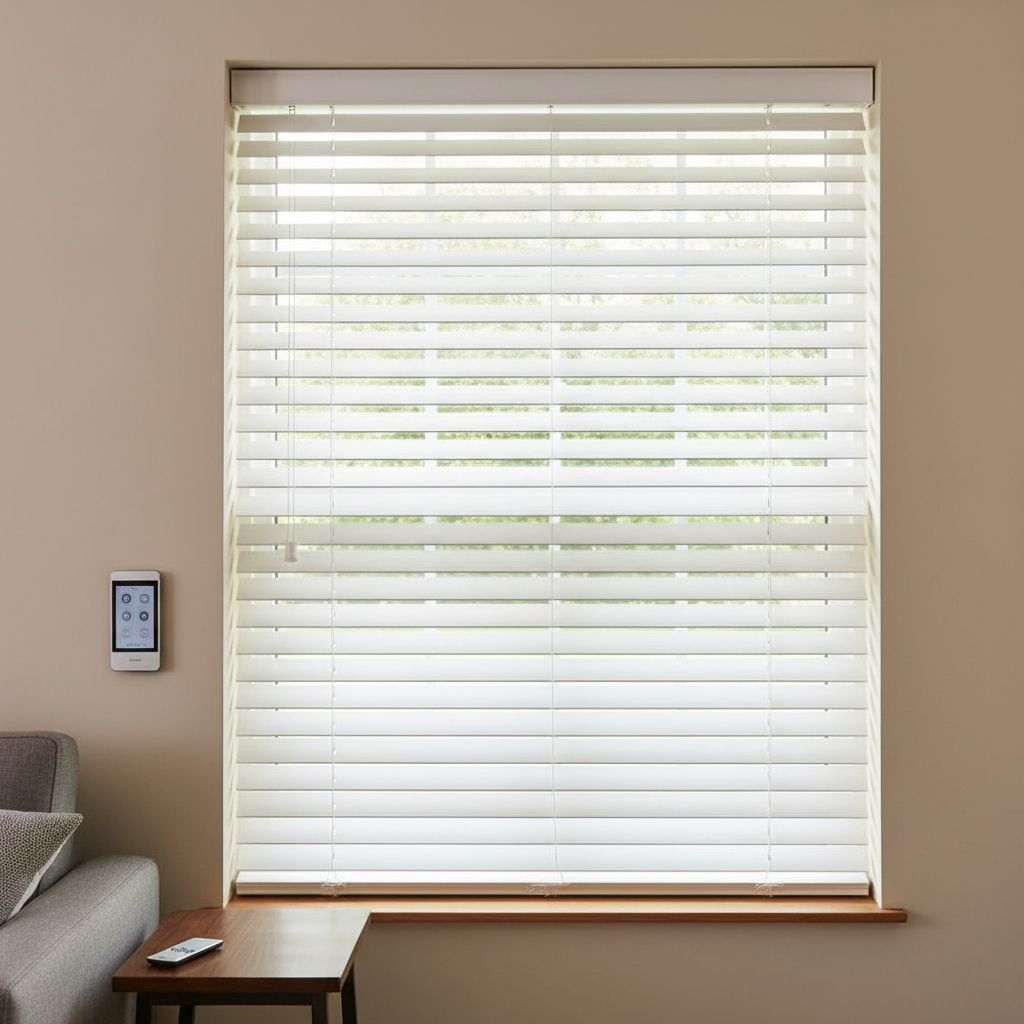Why Some Window Treatments Trigger Allergies
TLDR;
Some
window treatments trigger allergies because they trap dust, pollen, pet dander, and even mold in their materials. Heavy fabrics, slatted blinds, and porous materials are the worst offenders — especially when cleaning is neglected.
How Window Treatments Affect Indoor Allergies
Window treatments can be a hidden source of indoor allergies.
They collect environmental triggers like:
- Dust mites: Thrive in fabric folds and soft materials
- Pollen: Blown in through open windows and trapped on surfaces
- Pet dander: Clings easily to curtains and fabric
shades
Poor air circulation — especially around fabric-heavy coverings — creates a micro-environment where allergens accumulate. HVAC systems can spread these particles even further.
Health symptoms commonly triggered:
- Sneezing and coughing
- Asthma flare-ups
- Itchy, watery eyes
- Fatigue due to poor sleep quality
These issues often go unnoticed because window coverings are rarely considered an allergen source.
The Worst Window Treatments for Allergy Sufferers
Not all window treatments are created equal. Some are significantly worse for those with allergies.
Heavy Drapes and Curtains
- Thick materials trap allergens deep in the fibers
- Often dry-clean-only, which discourages frequent washing
- Moisture-prone rooms (like bathrooms) increase the risk of
mold and mildew
- Velvet, wool, or layered fabrics are especially problematic
Horizontal Blinds
- Slats gather dust quickly — even daily
- Hard to clean thoroughly between each slat
- Movement during adjustment releases allergens into the air
- Particularly bad in kitchens and bedrooms where airflow varies
Roman Shades and Fabric Valances
- Hidden folds create a breeding ground for dust mites
- Poor ventilation behind the
shades allows moisture buildup
- Rarely cleaned due to structural complexity
- Unsealed edges absorb pollen and pet dander
Allergy-Safe Window Treatments You Should Consider
If you or your family suffer from allergies, consider switching to low-maintenance, hypoallergenic options. At Love Is Blinds AZ, we guide clients toward healthier alternatives.
Roller Shades
- Flat, smooth surface resists dust buildup
- Easy to wipe clean with a microfiber cloth
- Ideal for modern, minimalist designs
- Available in vinyl and treated polyester
Plantation Shutters
- No fabric = fewer allergen issues
- Wide, solid louvers are easy to dust
- Often coated with allergen-resistant finishes
- Durable and long-lasting investment
Faux Wood Blinds & Vertical Blinds
- Among the
Easiest Blinds to Clean, these options are less porous than real wood
- Mold and moisture resistant
- Vertical orientation prevents dust from settling
- Great for sliding doors or large window spans
Material Matters: Which Fabrics & Finishes to Avoid
Choosing the right material is half the battle when it comes to allergy-proofing your home.
Avoid:
- Cotton and linen: Natural, but highly absorbent and dust-prone
- Heavy synthetics: May contain VOCs and trap pollutants
- Real wood: Can absorb moisture if not sealed properly
Better alternatives:
- Vinyl and polyester blends: Smooth, less porous
- Faux wood: Sealed and washable
- Aluminum or composite: Non-absorbent and antimicrobial-friendly
Look for
antimicrobial treatments or hypoallergenic certifications when shopping.
Window Treatment Maintenance to Prevent Allergies
Even the best materials will accumulate allergens if not properly maintained.
Weekly & Monthly Cleaning Checklist
- Wipe
blinds and shutters weekly with a damp microfiber cloth
- Vacuum fabric shades with an upholstery attachment
- Wash machine-washable curtains monthly in hot water
- Use lint rollers for quick daily touch-ups
HEPA Vacuums & Air Purifiers
- Vacuum window areas using a
HEPA filter
- Place
air purifiers near high-traffic or open-window zones
- Choose models that remove airborne allergens like pollen and dander
- Clean filters every 1–2 months
When to Replace Window Treatments
- Discoloration, odors, or visible dust buildup = time for replacement
- If deep cleaning no longer restores cleanliness
- Every 5–7 years is typical for allergy-conscious homes
This visual helps allergy-prone buyers weigh functionality vs. risk.
Smart Window Treatments and Allergy Prevention
Technology is transforming how we interact with window coverings — and it's helping allergy sufferers breathe easier.
- Automated blinds reduce manual contact = less dust transfer
- Timer-based open/close improves ventilation during peak hours
- Integration with smart thermostats and air-quality monitors allows for responsive environmental control
- Voice or app control limits movement of fabric or slats
These solutions are ideal for households with severe allergies or asthma.
Additional Tips for Allergy-Proofing Your Windows
Sometimes, it's not just the window treatments. The surrounding area matters too.
- Seal window frames with caulk to block pollen leaks
- Use allergen filters on vents near windows
- Avoid indoor plants close to windows — some release pollen
- Regularly clean window sills and frames where dust collects
- Keep windows closed during high pollen seasons
These simple actions support your hypoallergenic window investments.
FAQs About Allergies and Window Treatments

